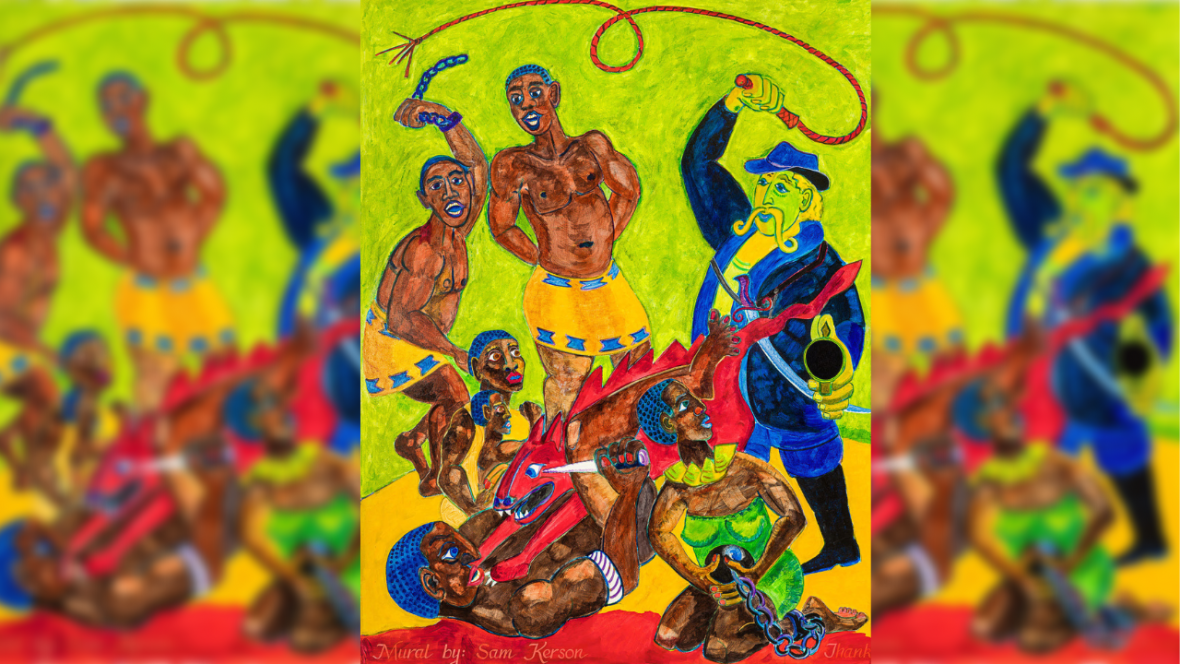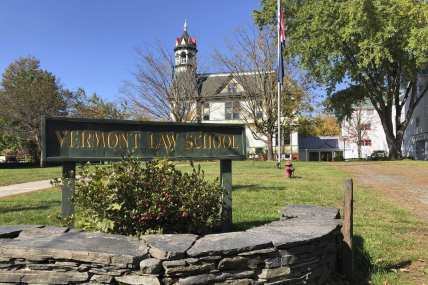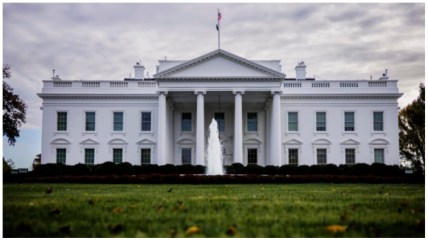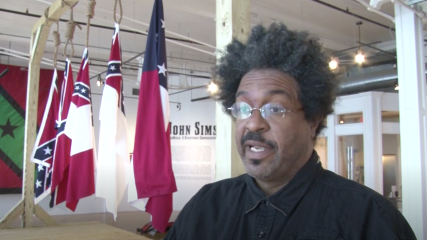A white artist painted murals at a college depicting slavery. A Black administrator wants them removed.
The two murals at Vermont Law and Graduate School show the brutality of enslavement through images of a slave market, an enslaver brandishing a whip and a dog attacking someone.
A Black administrator is trying to have slavery-related murals at Vermont Law and Graduate School removed, but the white artist who painted them isn’t letting them go down without a legal battle.
Shirley Jefferson, 69, used to advise students to concentrate on their studies when they expressed concerns about the murals’ depictions of Black people, which some found to be racist caricatures. But her feelings changed after one particular event in May 2020, according to The New York Times.
Jefferson, born in segregated Selma, Alabama in 1953, graduated from Vermont Law in 1986 and returned to work at the South Royalton-located campus in admissions and alumni affairs.

“When George Floyd was killed, all of a sudden I said to myself, ‘That mural has got to go,'” said Jefferson, now a vice president and associate professor, according to The Times. “I called the dean, and he said OK.”
Sam Kerson, who is white, painted the murals 30 years ago as a statement against enslavement and is actively fighting against the plan to erase his work.
Kerson sued to prevent Vermont Law and Graduate School from permanently covering the murals after his attempt to reclaim them was unsuccessful since the paintings could not be removed without destruction. He cited a federal law that shields artists from certain types of “modification” of their work.
In his opinion, preserving the artworks is crucial because enslavement still exists worldwide.
“It’s a major work, it’s my life, and it’s important that it be there,” said Kerson, 76, The Times reported. “It’s historically important in what it says about Black people rising up to resist, and it’s important as a record of what we said in 1993.”
As the lawsuit moves through the judicial process, white panels obscure the murals from view.
Shielded from view, the murals aren’t a major priority for current students as they were years ago. But some fault the school’s administrators for allowing them to be painted at all and others blast Kerson for resisting campus officials’ efforts in court.
“If someone is saying to you, ‘How you’re depicting me is racist,’ for you to live in your own ignorance, and further aggravate the situation,” said second-year student Yanni DeCastro, The Times reported, “now you’re showing us who you are.”
The two murals, each 24 feet long, show the brutality of enslavement through images of a slave market, an enslaver brandishing a whip and a dog attacking someone. Additionally, they depict white Vermonters opposing enslavement and assisting fugitives on the Underground Railroad.
Kerson said he sought a location with the appropriate set of walls and a mission supporting his theme after imagining a pair of murals describing the horrors of slavery and honoring Vermont’s abolitionist history. He claimed that the small, forward-thinking law school seemed ideal, and in the early 1990s, administrators welcomed the project to the second level of its student center.
Some students quickly began to feel uneasy around the paintings. Jefferson first heard from students troubled by the murals’ style and content shortly after she started working there in 1999. The paintings’ removal was discussed in 2013 and again in 2014 after plaques were added to clarify the subject matter.
The discomfort is validation to the artist.
“Of course the images are disturbing,” Kerson wrote after the district court’s ruling in 2021 affirmed plans to cover his work, according to The Times. “These images represent human suffering, and if you do not find them disturbing, you are not looking at them.”
The case, which had been moving through the courts for two years, was finally heard by the U.S. Court of Appeals in New York on Jan. 27.
It hinges on a clause in federal law that states that artists can ask to have their work modified without their “honor or reputation” being damaged. According to the law school, covering the murals — even indefinitely — is not a modification if it leaves no trace.
While The Times called the law “obscure,” Kerson’s attorney Richard Rubin said the Visual Artists Rights Act, or VARA, is anything but that. In a comment from Rubin published in The Times article’s replies thread, he called it a “significant journalistic lapse” that its author “limited her article mainly to politics and race.”
“It reflects our country’s appreciation of the importance and value of art and artists as part of our culture and is part of our identity as a country,” Rubin opined. “The act protects art of recognized artists only during their lifetime from destruction and modification. It allows for institutions like the law school to get a waiver of its protections from the artist before agreeing to install a mural, which VLS failed to do.”
While waiting for the result of the appeal, the temporary white panels remain in place to protect the murals from damage. The final option for either party to continue the case after the appeals court’s decision is to submit a petition for the Supreme Court to review.
TheGrio is FREE on your TV via Apple TV, Amazon Fire, Roku and Android TV. Also, please download theGrio mobile apps today!



